‘Technology is a driving force for the art of our time’: an interview with Art Basel Hong Kong’s Film curator Li Zhenhua
As the Film program kicks off, our in-house expert shares his 2019 highlights
Globe-trotting curator and multi-media artist Li Zhenhua is the brains behind Art Basel Hong Kong’s Film program. Based between Switzerland and China, Li has followed and championed film and new technologies since the late 1990s, and has been a key witness of their radical developments. A nominator for the Prix Pictet and the Summer Academy at the Zentrum Paul Klee in Bern, Li is also a prolific writer and serial panelist, whose focus rests on the shifting art practices in China. In this short interview, he reveals some of the thinking behind the Film sector’s 2019 edition.

You’ve been curating Art Basel Hong Kong’s Film program since it started in 2014. How has your approach changed over the years?
The program relies heavily on the applications we receive from exhibiting galleries. That’s how I set up the system from the start. The initial idea was to present only ‘gallery artist’ films, but since Adeline [Ooi, Art Basel’s Director Asia] took over, we’ve expanded outwards. Today, we often show feature films, documentaries, and animations.
Interestingly, this shift reflects the way many visual artists have crossed over to mainstream cinema.
Yes, absolutely. The whole system has changed, and we have to stay on top of what artists are doing. Thematically, I’ve always been interested in addressing technological transformations, as well as artistic and political developments in Hong Kong.
From the beginning, I have included young artists, such as Hong Kong’s Kwan Sheung Chi, who has dealt with the consequences of the handover, and the Japanese collective Chim↑Pom, who have had a very political stance, particularly in the aftermath of the Fukushima disaster of 2011. With these two, I wanted to talk about how artists deal with a transitional moment, not only in their artistic work but also as activists. What do artists stand for, what’s their agenda, what’s their political approach? All this feeds into the Film program.
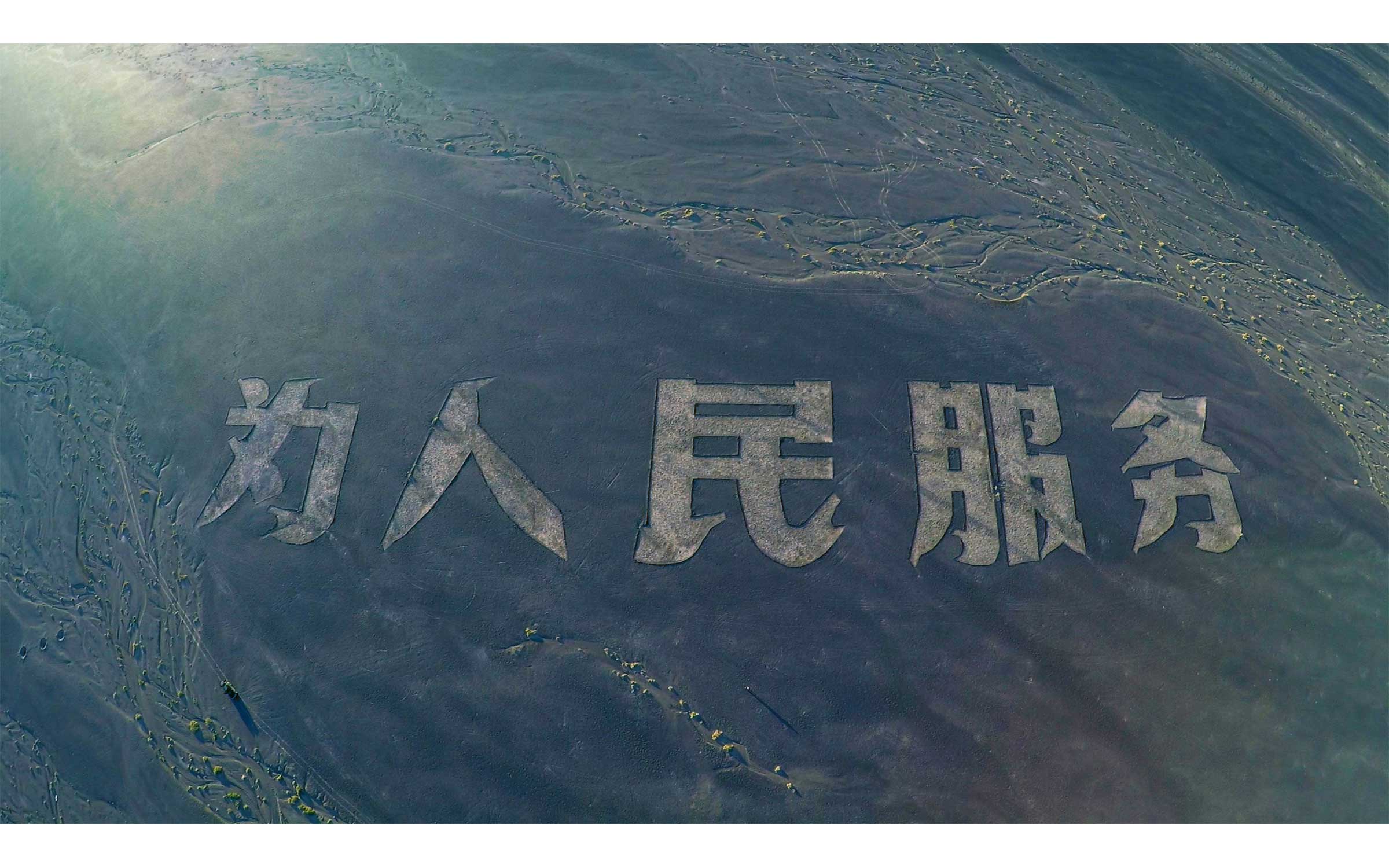
For the past two years, I’ve addressed the transformation and transition of Hong Kong post-1997. This year, I’ve turned to the idea of nostalgia. An essential reference for me was Yu Dafu’s writings春风沉醉的晚上 [Nights of spring fever, 1923], and we’ll be showing the film 春风沉醉的夜晚 [Spring Fever, 2009] by Lou Ye, the famous intellectual filmmaker from Mainland China.
Yu Dafu’s work addresses life before the establishment of the People’s Republic of China in 1949 and the intellectual circles of the time, as well as the hopes and confusions of the period. Lou’s film reflects on gender and homosexuality. It was important for me to highlight these issues, as they are particularly relevant in China and the whole of Asia today.
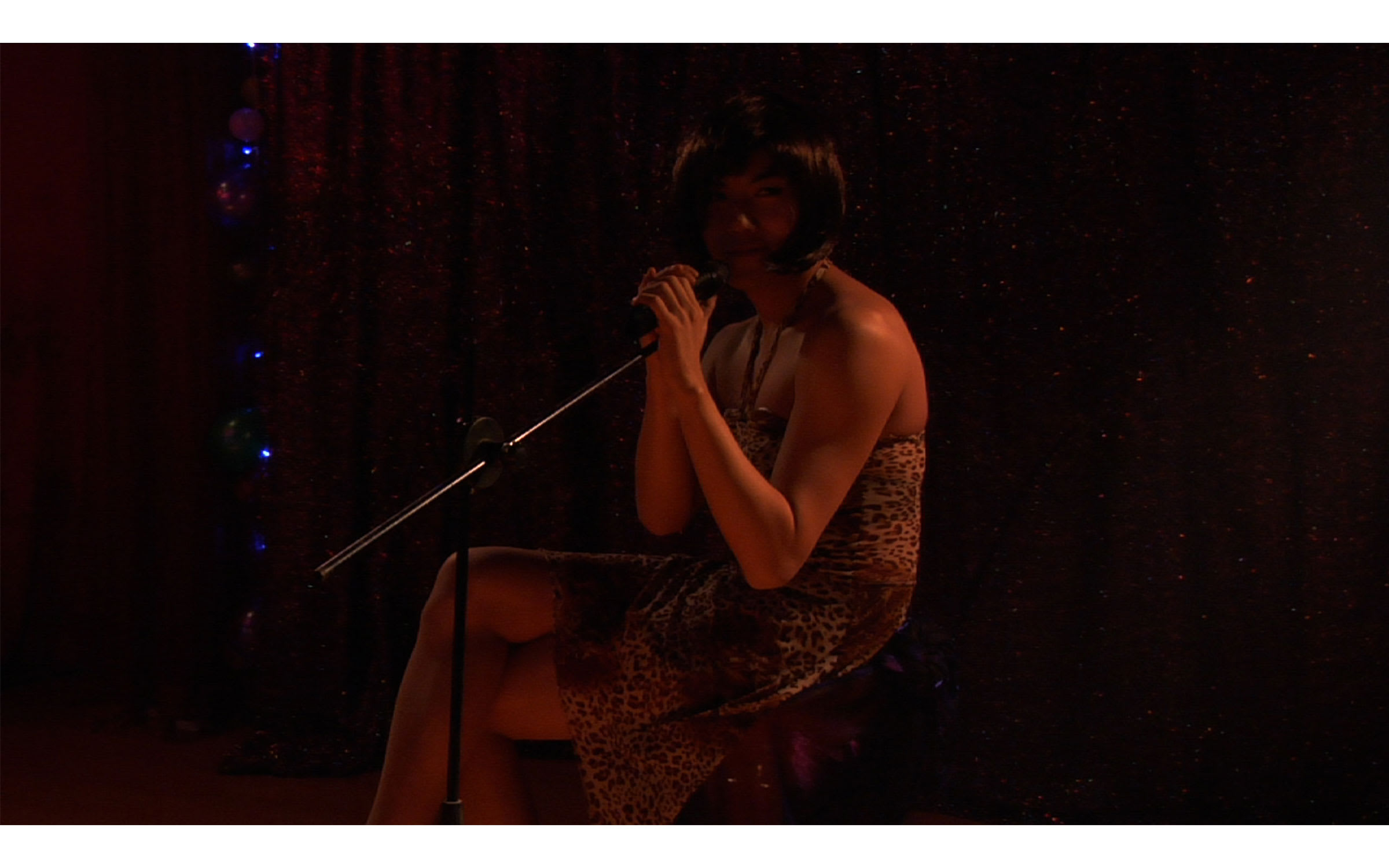
How would you describe the state of video production in China and Asia in general? How has it changed in terms of production and critical reception?
Significant changes have happened everywhere. For a long time, prohibitive equipment costs made filmmaking inaccessible for many artists, but now virtually anybody can make a film. I believe that every artist dreams of being a filmmaker, and many of them are taking this opportunity to produce artworks in a film format.
The trend is global, and it has transformed the way film is shown on traditional platforms, too. Festivals are increasingly featuring film in a wide variety of formats – the Berlinale’s Forum Expanded is just one example. In a way, contemporary artists are only walking in the footsteps of filmmakers like Peter Greenaway and Jeffrey Shaw, who have spent their lives developing new forms of cinema.
Since the 1960s, the very concept of what a film is has been constantly challenged. We try to reflect these changes and what kind of impact they’re having on the Hong Kong film industry. I like to think that our audience’s understanding of what a film is can be expanded through our selection for the film program.
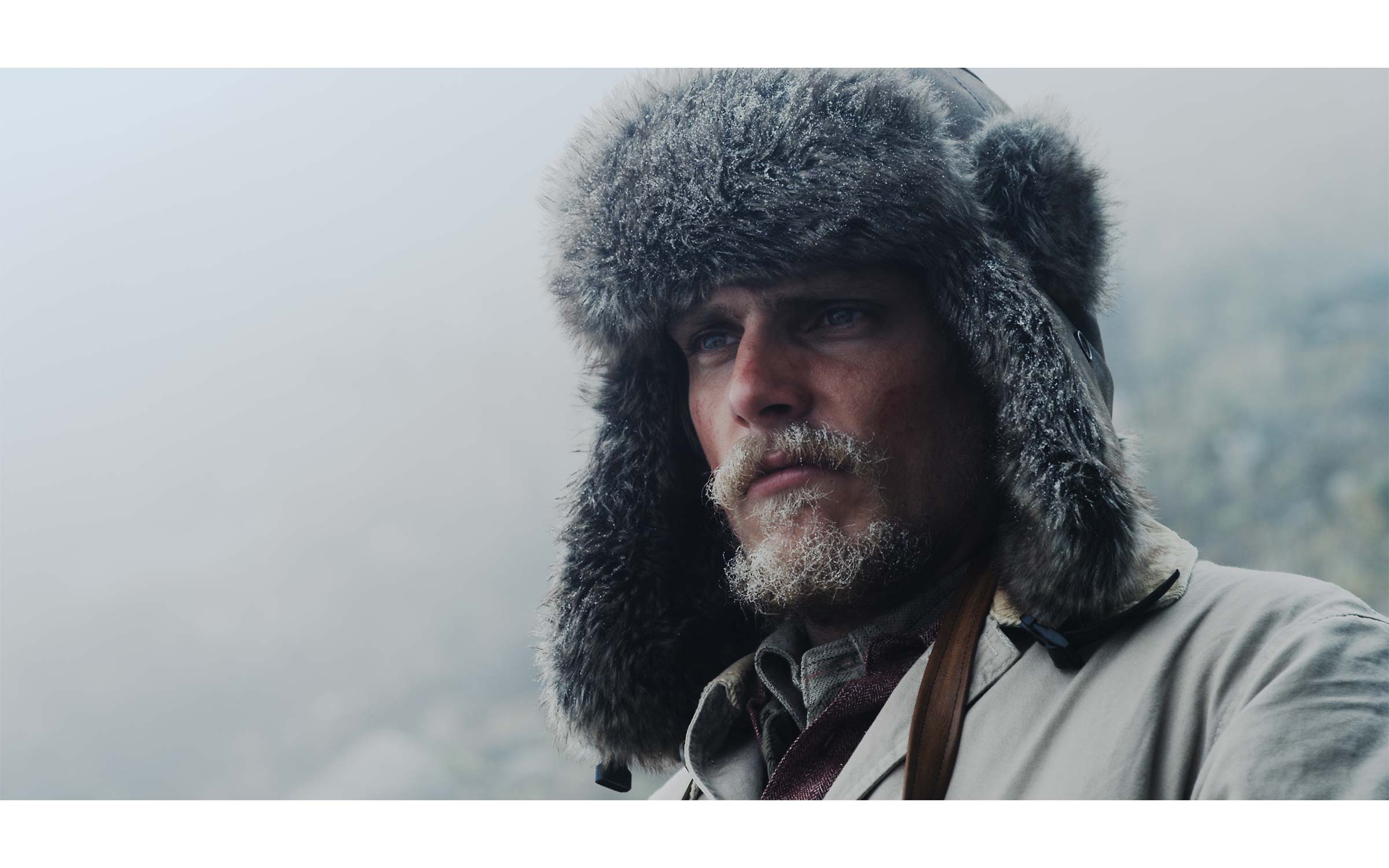
Beyond the technological development, have you spotted a set of concerns or a way of working that is particularly prominent in China? Or have these kinds of distinctions become irrelevant in our evermore-global artworld?
The developments are global, but each story is specific to a context. I particularly enjoy films in which artists reflect on their reality and share their questions. For example, last year, I showed the feature film Mrs. Fang (2017) by Wang Bing. It’s about a lady passing away and her family’s struggle to come to terms with her death. You encounter a person who is dying. The story is very much inscribed in a Chinese context, but it deals with something that is part of nature and relates to everyone. While my program starts from a local perspective, I’m always wanting something that is meaningful the world over.
Video art has long been the ‘poor parent’ in the artworld. It is notoriously harder to sell than more ‘traditional’ media, and focused collecting remains niche. Do you think attitudes are changing?
Yes, they are changing all the time. And while the older generation has been more directly concerned with traditional filmmaking, the new generation is producing and consuming video daily. Video is the future – and the present. It’s the medium for us, for now. But we have to cultivate new possibilities for the field and cultivate the market.
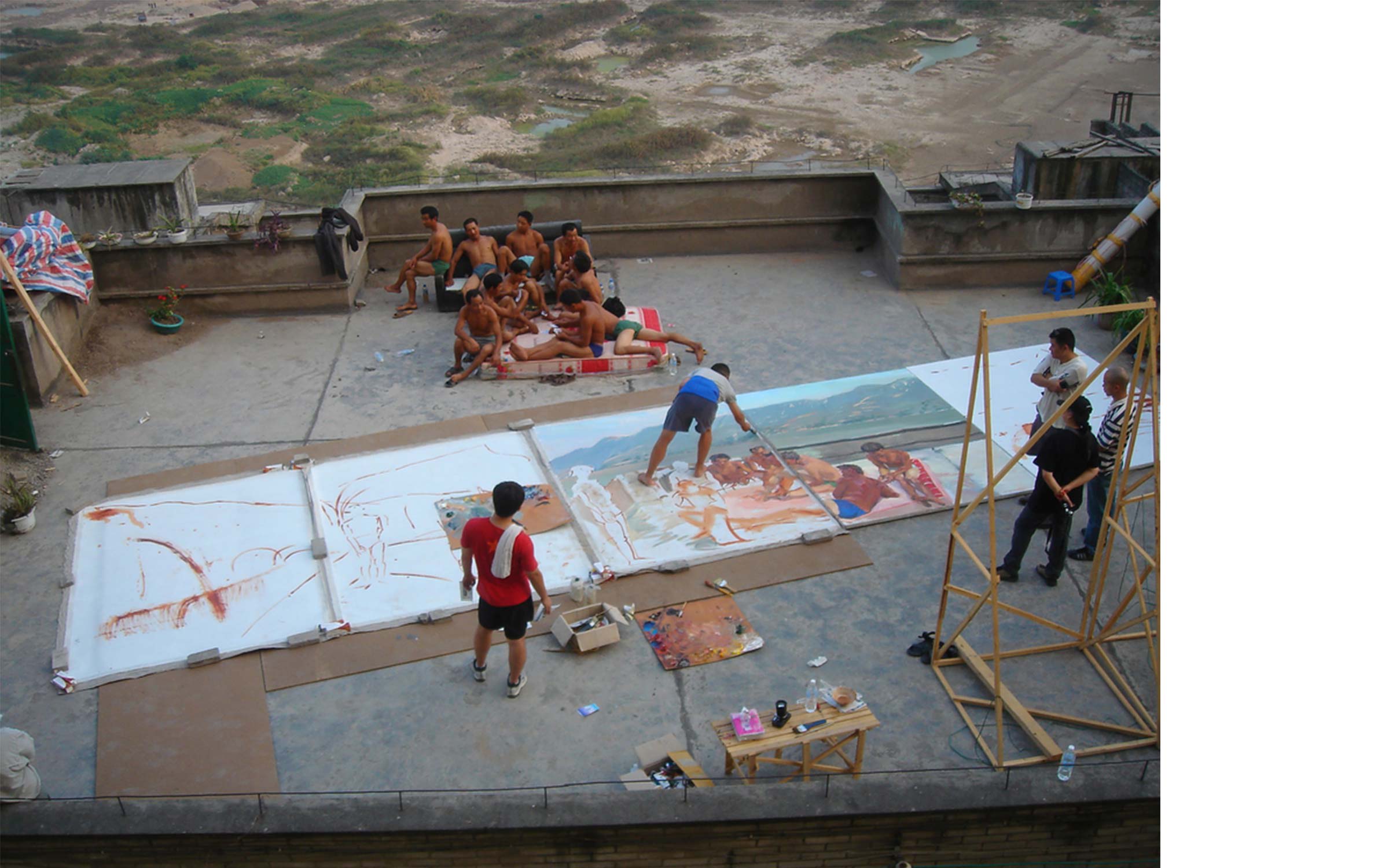
You’ve been involved with video art and new technologies since the 1990s in many different roles, from festival organizer to curator and commentator. What has been the red thread?
Everything I’ve done is rooted in the belief that technology is a driving force for the art of our time. This is what I’ve been aiming for since the beginning of my career – a merging of art and technology that will take us into the future.
You are also an artist – how does this influence your work as a curator?
I’m a ‘young’ artist, as I only started to make art in 2005. You can’t always think of it in abstract ways. Making art has helped me understand what artists are going through. And I like getting my hands dirty – not only do you learn something new, but you get to grips with the difficulty of creation.
What advice would you give to someone looking to start a video art collection?
It depends on the collector, but in general, I would say identify a few artists whose work you want to collect and do it in depth. Otherwise, you end up with a bit of this and a bit of that, and it becomes difficult to construct anything significant.
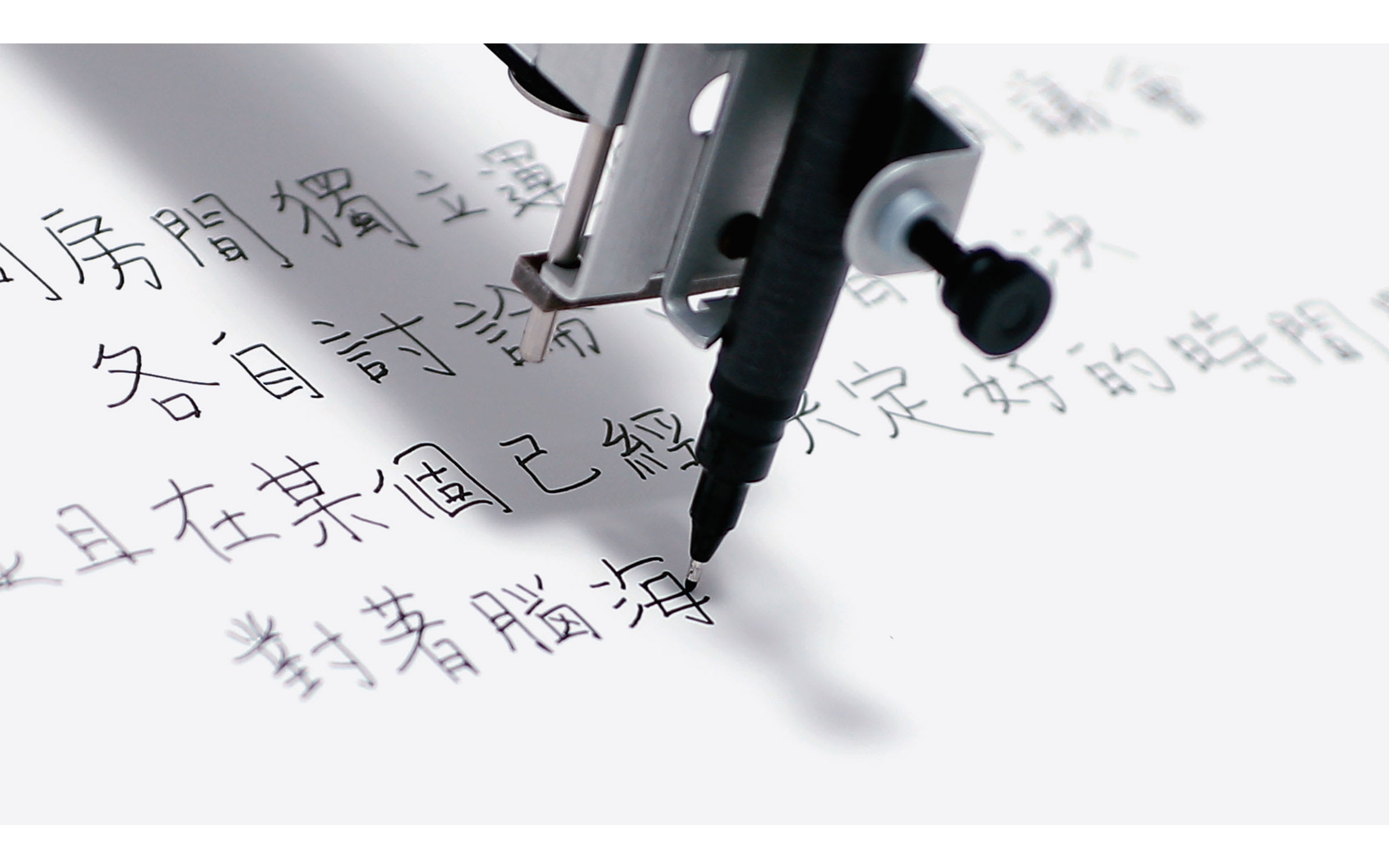
Top image: Cheng Ran, Miraculous Trajectories (detail), 2019. Courtesy of the artist.

